The Megalodon was a huge prehistoric shark that lived in the world’s seas. Its fascinating remains can still be found today. Coming across a megalodon tooth in Georgia is one of the most amazing things that can happen.
Sometimes, these teeth are bigger than a person’s hand! They’re pieces of natural history that show us what life was like for the world’s biggest shark. One day you might hold a tooth belonging to a creature up to 60 feet long!
Our article explores the exciting world of looking for Megalodon teeth in Georgia. We show you where to look, what tools you’ll need, and how to identify these ancient treasures.
What Megalodon Tooth Is
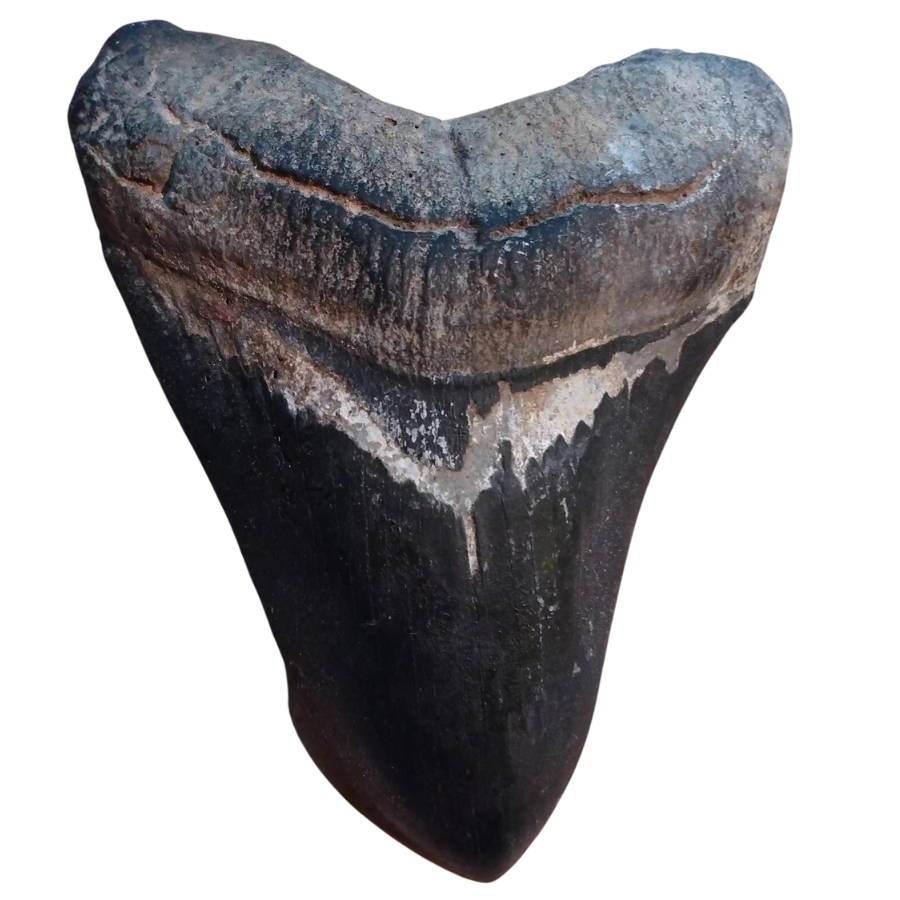
Megalodon teeth are huge, sharp fossils from a type of shark that no longer exists. It was called the Megalodon. There have been bigger and stronger predators than this shark in Earth’s past.
Megalodon teeth are the most common part of the animal that we still find today. This is because they were strong and last longer than other parts of the animal.
These teeth are often over seven inches long, longer than a great white shark’s teeth. They are shaped like triangles and have a sharpened edge, like a steak knife.
The Megalodon used this shape to help it catch and eat its food, which was mostly big sea creatures.
Most of the time, megalodon teeth are found in places that used to be lakes or seas. They are often hidden in layers of sand or gravel under the ocean floor or in riverbeds.
Over millions of years, these places have changed because the Earth’s plates have moved and the sea level has changed.
- The deep experience and understanding of our team about the area
- Recommendations from local groups and clubs
- How easy it is to get the a particular location
- Safety and potential hazards when collecting
- Weighing private and public locations
- The ability for both experienced and novice enthusiasts to find great samples
With these factors in mind we’ve been able to put together a fantastic list that just about anyone can use!
It’s really easy to pass up on great finds without a little guidance. A lot of you are making some mistakes with what you’re throwing away.
DON'T MISS OUT ON ANY GREAT FINDS!
While you're out searching for Megalodon Teeth you're going to find A LOT of other interesting rocks and minerals along the way. The last thing you want to do is toss out something really interesting or valuable. It can be easy to misidentify things without a little guidance.
You absolutely need a good reference guide in order to understand what you're looking at!
We've put together a fantastic field guide that makes identifying 140 of the most interesting and valuable rocks and minerals you will find REALLY EASY. It's simple to use, really durable, and will allow you to identify just about any rock and mineral you come across. Make sure you bring it along on your hunt!
Now, back to the identification specifics:
The Best Places To Find Megalodon Tooth In Georgia
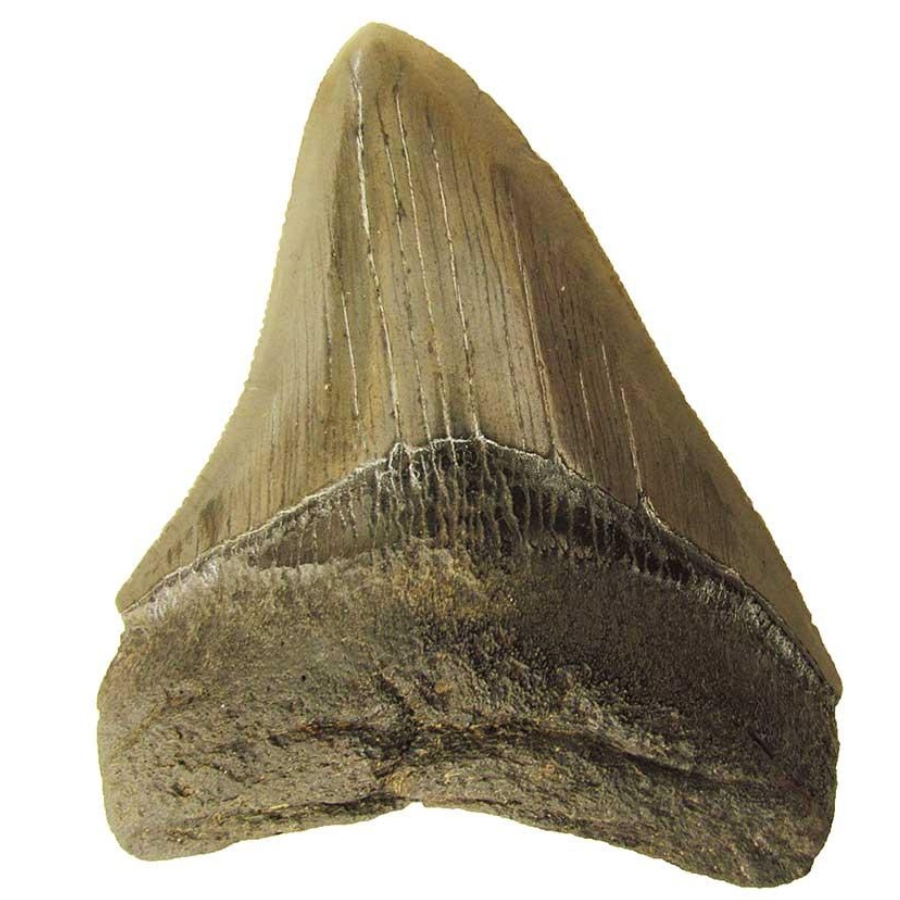
Let us discuss the best places in the state to find megalodon teeth. There are many places to find gems in Georgia, but only a few are good for collecting megalodon teeth. Not many people know about these beautiful places!
Always Confirm Access and Collection Rules!
Before heading out to any of the locations on our list you need to confirm access requirements and collection rules for both public and private locations directly with the location. We haven’t personally verified every location and the access requirements and collection rules often change without notice.
Many of the locations we mention will not allow collecting but are still great places for those who love to find beautiful rocks and minerals in the wild without keeping them. We also can’t guarantee you will find anything in these locations since they are constantly changing.
Always get updated information directly from the source ahead of time to ensure responsible rockhounding. If you want even more current options it’s always a good idea to contact local rock and mineral clubs and groups
Little St. Simons Island
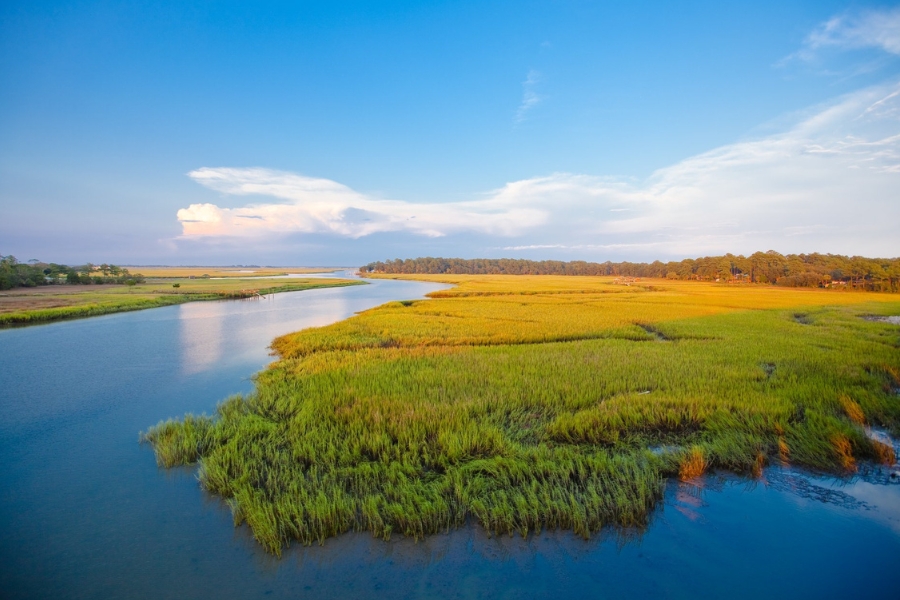
Little St. Simon Island is a secret gem for people who are interested in nature and history. This small island is privately owned and is part of the Golden Isles, which are famous for their pristine beauty and diverse ecosystems.
With its dense maritime woods, salt marshes, and sandy beaches, it’s a wildlife haven and a nature lover’s dream. Little St. Simon Island is unique because it has a link to the past, especially for people who are interested in Megalodon teeth.
The Megalodon, a huge ancient shark, used to live in the water near Little St. Simon Island.
These old treasures are often found on the island because of natural erosion and weather. This makes it an exciting place for treasure hunters and fossil lovers.
People can find these bits of history if they are patient and pay close attention. This gives them a unique and real link to the prehistoric world.
Where we found megalodon tooth at Little St. Simon Island
The island’s shores, especially the beach areas, are prime spots for finding Megalodon teeth. These fossilized teeth, washed up from the depths of the ocean, are hidden among the sands and shallow waters.
DON'T MISS OUT ON ANY GREAT FINDS!
While you're out searching for Geodes you're going to find a lot of other interesting rocks and minerals along the way. The last thing you want to do is toss out something really interesting or valuable. It can be easy to misidentify things without a little guidance.
We've put together a fantastic field guide that makes identifying 140 of the most interesting and valuable rocks and minerals you will find REALLY EASY. It's simple to use, really durable, and will allow you to identify just about any rock and mineral you come across. Make sure you bring it along on your hunt!
Jekyll Island
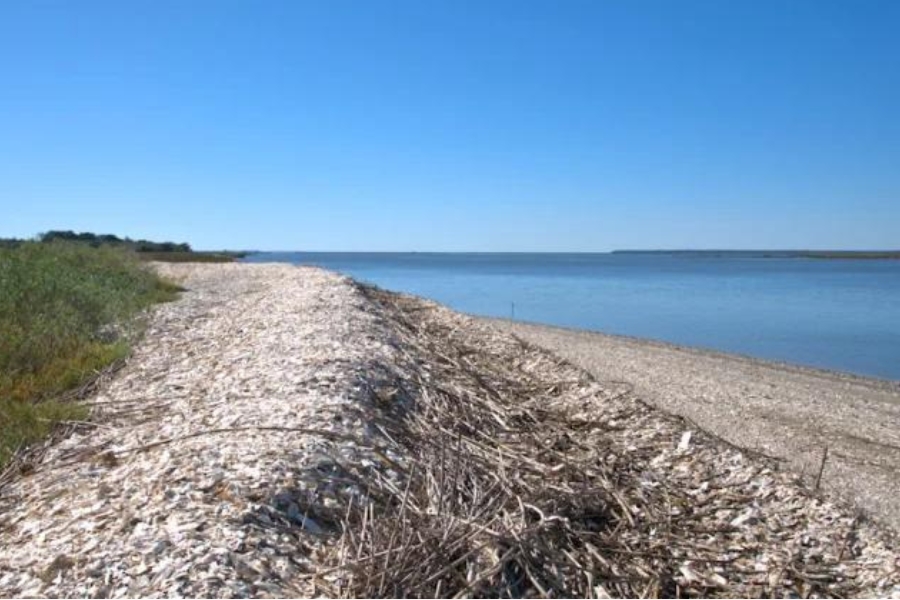
Jekyll Island, which is off the state’s coast, is an interesting place to visit because it has both natural and historical sights.
As part of the famous Golden Isles, this island has a unique mix of sandy beaches, lush grass, and a wide range of animals.
In addition to tourists looking for fun in the sun and sea, it’s also a popular spot for paleontologists looking for Megalodon teeth.
Many, many years ago, Megalodons lived in the seas, and this area was underwater. As the water level dropped over time, the teeth and other body parts of these huge sharks were left behind in the sand.
These layers are now part of the island’s shoreline, and erosion and changes in the tides often bring up fossils that were thought to be hidden.
Where we found megalodon tooth at Jekyll Island
People looking for fossils frequently find megalodon teeth, which can be several inches long and have sharp, triangular tips, on the shore or in the water.
Sharktooth Island
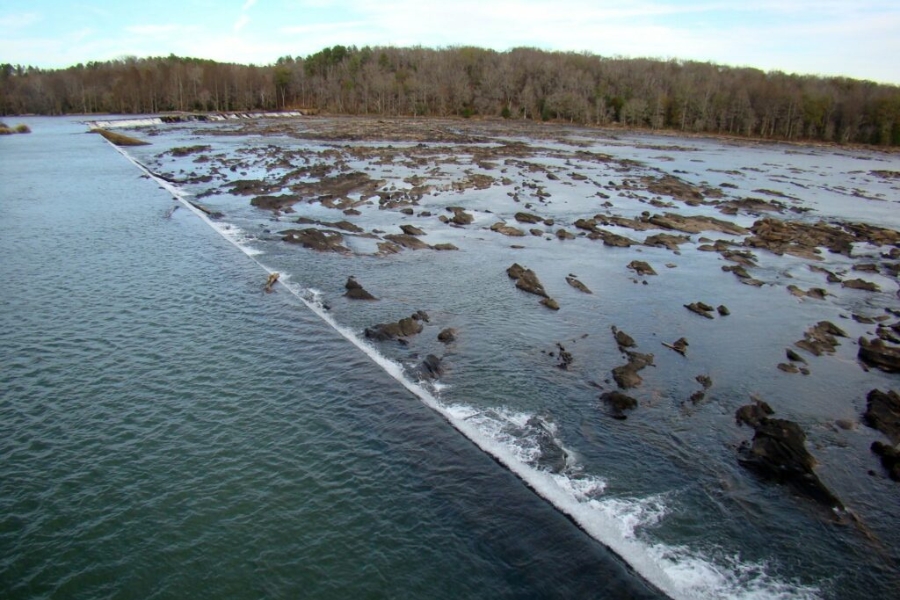
As the name suggests, Sharktooth Island is a dream place for people who are interested in the history of sharks, especially the Megalodon. This small island is famous for having a lot of shark teeth, including Megalodon teeth.
It’s close to Savannah area. The past and nature of the island make it a great place to find these old treasures.
Sharktooth Island is a great place to find Megalodon teeth because of its location and history. Over millions of years, many sea creatures, including the huge Megalodon shark, lived in the water around this area.
Over time, these ancient sharks’ teeth, which are usually triangular and have sharp edges, were buried in the layers of sediment around the island. The teeth could be several inches long.
Where we found megalodon tooth at Sharktooth Island
The most common places to search are along the shores and riverbanks where sediment and sand can reveal hidden treasures, especially after natural events like storms or high tides.
Tybee Island
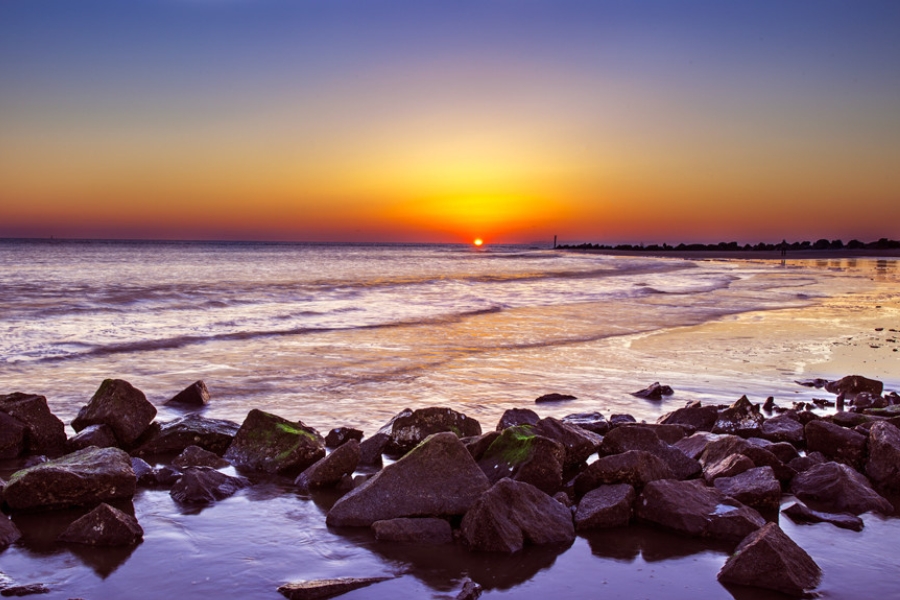
Tybee Island is a beautiful beach spot known for its pretty beaches, old lighthouse, and lots of sea life. It’s a popular place for beachgoers, nature fans, and history buffs because it’s close to Savannah.
But Tybee Island has another cool thing about it: it’s a great spot to find Megalodon teeth!
Megalodon and other prehistoric animals lived and died here, and their bones have since fallen into the ocean floor.
The waves, currents, and natural shifting of the sea bed brought these fossils closer to the surface over time, especially along the beaches of the island.
Where we found megalodon tooth at Tybee Island
The teeth, known for their large size, triangular shape, and serrated edges, can sometimes be spotted among the shells and pebbles on the beach.
Satilla River
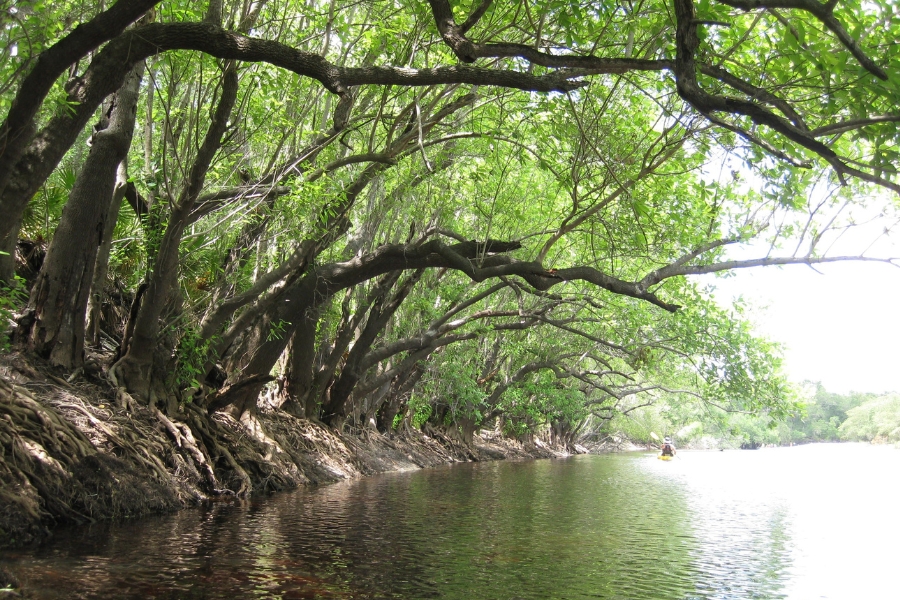
People love the Satilla River because it’s beautiful and full of wildlife. It flows through the state’s southeast, making a peaceful and beautiful scenery.
This river is great for fishing and boating, but it’s also a great place to look for Megalodon teeth, making it a fun place for fossil hunters and history buffs.
These parts of the ocean were part of a bigger home when Megalodons lived there a long time ago. The big sharks’ teeth fell to the ocean floor and were buried over time as they cooked and lived.
The silt and path of the Satilla River have changed over millions of years, which is why these fossils are now closer to where we can find them.
Where we found megalodon tooth at Satilla River
The river’s banks and sandy areas, particularly after heavy rains or floods, are good places to look for Megalodon teeth. These natural events can shift the riverbed, uncovering fossils hidden for ages.
Other Great Places To Find Megalodon Tooth

A megalodon tooth is something you should always look out for as you walk along beaches and riverbanks. This list of places, broken down by county, may also help your search.
Our recommendations by county
| County | Location |
| Camden | St. Andrew Sound |
Common Megalodon Tooth Questions
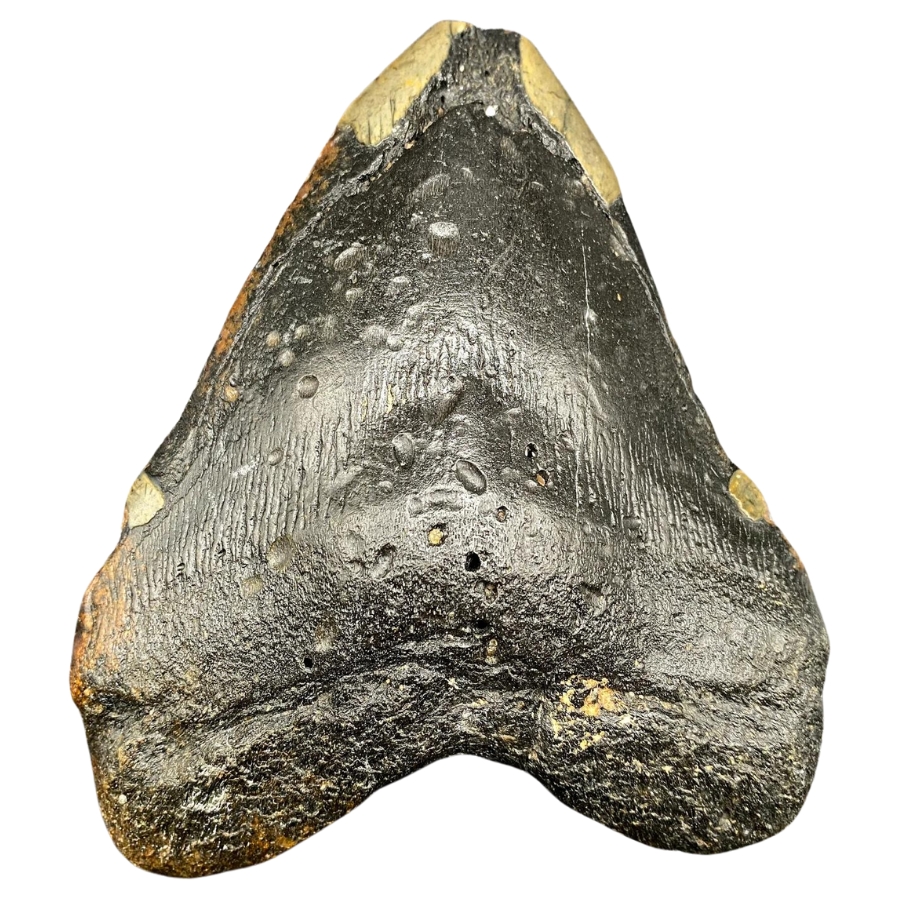
This is what most people ask when they want to know where in Georgia they can find megalodon tooth.
Is it illegal to collect megalodon tooth in Georgia?
Collecting Megalodon teeth in Georgia is generally legal, but there are important considerations and potential restrictions depending on where you are searching.
On many public lands and beaches, collecting fossils like Megalodon teeth is usually allowed for personal use. However, large-scale collection or commercial fossil hunting might be regulated or prohibited.
Collecting fossils on private property is legal, but only with the permission of the landowner. Trespassing to collect fossils is illegal.
It’s always best to check the most current local regulations and guidelines before collecting fossils in any area. Regulations can change, and there might be site-specific rules in place to protect geological and ecological sites.
The Best Places To Buy Megalodon Fossils in Georgia

This list will help you find megalodon teeth without getting dirty or working hard. Here are some of the best places in the state to look for and buy megalodon tooth:
- Copperhill Rock & Mineral Co – 124 Blue Ridge Dr, McCaysville, GA 30555, United States
- Cornerstone Minerals & Natural History – 36 Whitaker St, Savannah, GA 31401, United States
- Elemental Rocks and Herbs – 16 Bernard Long St #100, Dawsonville, GA 30534, United States
- Imperial Gems – 333 Main St suite 200, Suwanee, GA 30024, United States
- River Street Rocks – 502 E River St 1st building, Savannah, GA 31401, United States

